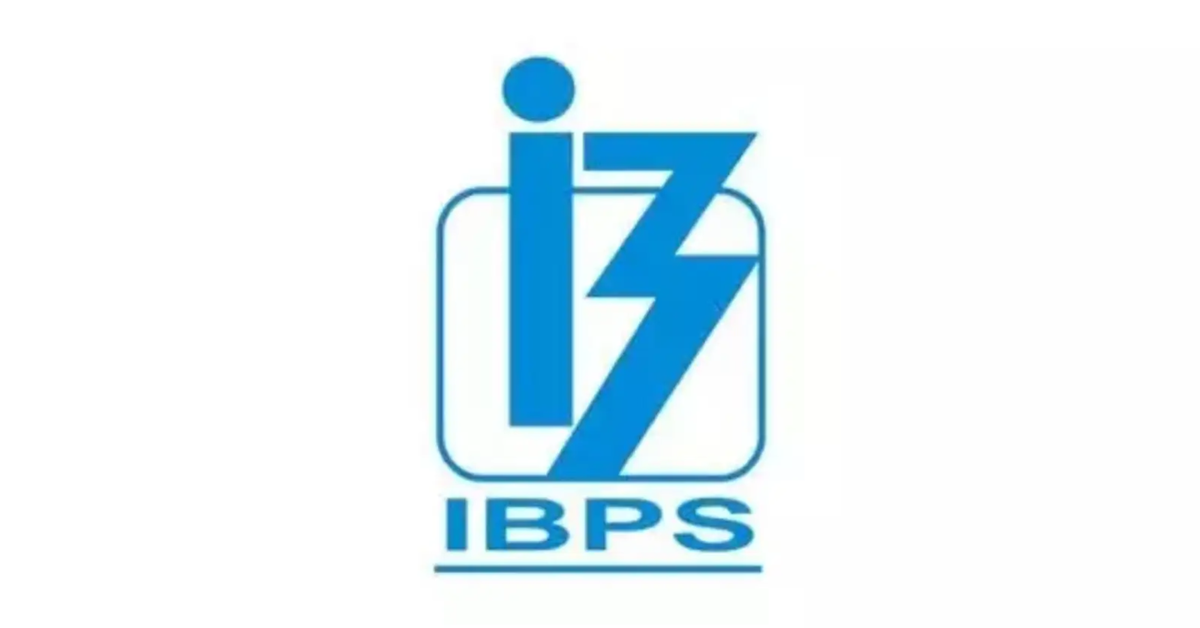CAG Full Form
The full form of CAG is “Comptroller and Auditor General”. It embodies a position of great responsibility within the framework of a nation’s governance. Established to serve as an independent constitutional authority, the CAG operates as a watchdog over the financial affairs of the government. The role is not merely about auditing financial statements but extends to evaluating the efficiency, effectiveness, and economy of government programs and operations. In this article, we will explore the full form of CAG, the responsibilities it shoulders, and its crucial role in upholding the financial integrity of the government.
CAG Full Form in Hindi
CAG का पूरा नाम “नियंत्रक एवं महालेखा परीक्षक” है। यह राष्ट्र के शासन के ढांचे के भीतर एक बड़ी जिम्मेदारी की स्थिति का प्रतीक है। एक स्वतंत्र संवैधानिक प्राधिकरण के रूप में सेवा करने के लिए स्थापित, CAG सरकार के वित्तीय मामलों पर निगरानी रखने वाले के रूप में कार्य करता है।
Key Responsibilities of CAG
- Financial Auditing: The primary function of CAG involves auditing the financial accounts and statements of the government. This includes scrutinizing the receipts and expenditures to ensure compliance with established financial regulations and norms.
- Performance Auditing: CAG goes beyond traditional financial audits by conducting performance audits. These audits assess whether government programs and initiatives are achieving their objectives efficiently and effectively.
- Compliance Audit: CAG ensures that government entities adhere to laws, rules, and procedures in the financial and administrative domains. Compliance audits are conducted to identify any deviations from established norms.
- Value-for-Money Audit: In addition to financial and compliance audits, CAG conducts value-for-money audits. These assessments evaluate whether government expenditures result in optimal value and benefits for the public.
- Audit of Autonomous Bodies: CAG extends its oversight to various autonomous bodies and organizations that receive government funds. This ensures that public resources are utilized judiciously across all sectors.
Significance of CAG in Governance
- Ensuring Accountability: CAG acts as a crucial instrument in ensuring accountability within the government. By independently examining financial transactions and operations, CAG holds public officials accountable for the stewardship of public funds.
- Transparency and Trust: The audits conducted by CAG contribute to transparency in government operations. Public disclosure of audit findings builds trust among citizens, demonstrating a commitment to openness and integrity.
- Policy Improvement: CAG’s observations and recommendations serve as valuable inputs for policy improvement. By identifying areas of inefficiency or mismanagement, CAG contributes to the enhancement of government policies and programs.
- Preventing Fraud and Corruption: The vigilance exercised by CAG helps in preventing and detecting instances of fraud and corruption in the handling of public finances. This, in turn, safeguards the interests of the public.
CAG Reports: A Tool for Accountability
The findings and observations of CAG are communicated through reports that are presented to the Parliament or the respective state legislature. These reports highlight the financial health of the government, the efficiency of its operations, and areas that require corrective action. CAG reports serve as a powerful tool for holding the government accountable to the public.
Challenges and Considerations
- Timeliness of Audits: Timely completion of audits poses a challenge for CAG. Delays in audit reports can diminish their impact and effectiveness in influencing corrective actions.
- Resource Constraints: Adequate resources are essential for CAG to fulfill its responsibilities comprehensively. Resource constraints can hinder the extent and depth of audits conducted.
- Ensuring Implementation of Recommendations: While CAG may make recommendations for improvement, ensuring the implementation of these recommendations requires cooperation from government agencies. CAG faces challenges in ensuring that its findings lead to concrete actions.
Future Outlook for CAG
- Technology Integration: The incorporation of technology, such as data analytics and artificial intelligence, is likely to enhance the efficiency and effectiveness of CAG’s audits. This could lead to more in-depth analyses and quicker identification of irregularities.
- International Collaboration: With increasing globalization, CAG is expected to enhance collaboration with international audit institutions. Sharing best practices and insights can contribute to the evolution of audit methodologies.
- Focus on Environmental Auditing: As environmental sustainability gains prominence, CAG may expand its scope to include environmental auditing, assessing the impact of government activities on the environment.
Conclusion – CAG Full Form
In conclusion, the full form of CAG, Comptroller and Auditor General, represents a cornerstone of financial oversight within the governance structure. Through meticulous auditing, performance assessments, and value-for-money analyses, CAG plays a vital role in ensuring that public finances are managed with accountability, transparency, and efficiency. As the landscape of governance evolves, the role of CAG remains pivotal in upholding the principles of financial integrity and responsible stewardship of public resources.
- IBPS AFO Bank Wise Vacancy 2025 Out, Check Complete List
- SSC JE Previous Year Question Papers, Download the Free PDF
- IBPS AFO Bank Preference List 2025, Get Participating Banks List
- IBPS AFO Documents Required for Interview 2025, Complete List
- IBPS AFO Books 2025, Check Complete List of IBPS AFO Books
- IBPS AFO Full Form, Know Everything on AFO Full Form
CAG Full Form – FAQs
Ans. The full form of CAG is “Comptroller and Auditor General”.
Ans. CAG का पूरा नाम “नियंत्रक एवं महालेखा परीक्षक” है।

Hello, I’m Aditi, the creative mind behind the words at Oliveboard. As a content writer specializing in state-level exams, my mission is to unravel the complexities of exam information, ensuring aspiring candidates find clarity and confidence. Having walked the path of an aspirant myself, I bring a unique perspective to my work, crafting accessible content on Exam Notifications, Admit Cards, and Results.
At Oliveboard, I play a crucial role in empowering candidates throughout their exam journey. My dedication lies in making the seemingly daunting process not only understandable but also rewarding. Join me as I break down barriers in exam preparation, providing timely insights and valuable resources. Let’s navigate the path to success together, one well-informed step at a time.






